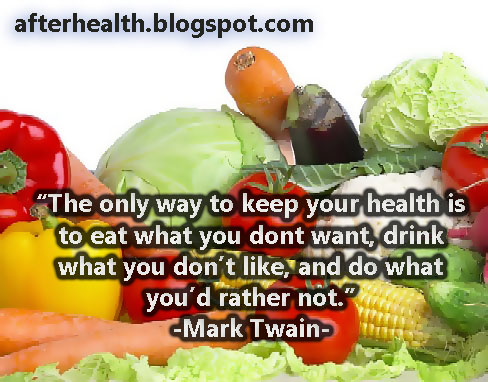Tips For You :)
10 tips for preventing Acne
1. Keep your face clean. Whether or not you have acne,
it's important to wash your face daily to remove impurities, dead skin cells,
and excess oil from the skin surface. Use warm, not hot, water and a mild
facial cleanser. Using a harsh soap (like deodorant body soap) can injure the
already inflamed skin and cause more irritation.
Avoid scrubbing your skin harshly with a washcloth,
exfoliating glove, or loofah (a coarse-textured sponge). Gently wash it with
your clean hands or a very soft cloth. Always rinse well, and then dry your
face with a clean towel. (Toss the towel in the laundry hamper, as dirty towels
spread bacteria.)
2. Moisturize. Many topical acne products contain
ingredients that dry the skin, so always use a moisturizer that minimizes
dryness and skin peeling. A gel-based moisturizer usually works well for oily
skin. If you have dry skin, try a moisturizing cream or lotion. Combination
skin may need two products (cream or lotion for the dry section; a gel for the
oily part). Always hydrate your skin with water before you moisturize it.
3. Try an over-the-counter acne product. Topical (those
applied to the skin) acne products may contain ingredients such as benzoyl
peroxide, an antibacterial agent with a drying effect, or salicylic acid, an
agent that sloughs off skin and gets rid of bacteria. Start with a small amount
at first. Then increase or decrease the amount and how often you apply it,
depending on how much peeling or drying you have. Use these ointments with
caution if you have sensitive skin. Benzoyl peroxide can cause redness and
scaling of the skin. It can also bleach your clothes, towel, and hair.
4. Use makeup sparingly. During a breakout, try to
avoid wearing foundation, powder, or blush. If you do wear makeup, wash it off
at the end of the day. If possible, select oil-free cosmetics without added
dyes and chemicals. Water-based cosmetics are available. Read the ingredients
list on the product label before buying.
5. Watch what you put on your hair. Avoid using
fragrances, oils, and harsh chemicals on your hair. These ingredients can drip
on the face, blocking the skin pores and irritating the skin. Stick to a gentle
shampoo and conditioner. Oily hair can add to the oil on your face, so wash
hair often, especially during a pimple outbreak. If your hair is long, keep it
pulled off your face.
6. Keep your hands off your face. Avoid touching your
face or propping your cheek or chin on your hands. Not only can you spread
bacteria, you can also irritate the already inflamed facial skin. Never pick or
pop pimples with your fingers, as it can result in infection and scarring.
7. Stay out of the sun. The sun's ultraviolet rays can
increase inflammation and redness. Further, some oral and topical acne
medications may increase the skin's sensitivity to sunlight. Whether you have
pimples or not, always apply sunscreen with SPF 15 or higher at least 20
minutes before sun exposure. Look for a non-acnegenic sunscreen to decrease the
chance of new pimples. Again, always read the ingredients on the product label
to know what you're putting on your skin.
8. Feed your skin. Most experts agree that certain
foods, like chocolate and chips, do not trigger pimple outbreaks. Still, it
makes sense to avoid greasy food and junk food and add more fresh fruits and
vegetables and whole grains to your diet. Some studies show that eating foods
high in vitamin A and beta-carotene may boost your immunity and skin health.
Carrots, sweet potatoes, cantaloupe, apricots, kale, and spinach are all high
in beta-carotene, the type of vitamin A produced by plants.
9. Exercise daily. Regular exercise is good for your
mind and your body, including your skin -- the body's largest organ. Working
out reduces anxiety and boosts blood flow throughout the body. When you
exercise, avoid wearing clothing or using exercise equipment that rubs on the
skin and may cause irritation. Also, avoid wearing hats, goggles, or helmets
that cause you to sweat excessively, as this can irritate the skin and increase
bacteria. Always shower or bathe right after exercise.
10. Chill! Experts believe that our emotional state is
related to all aspects of health, including skin function. Some studies link
stress with the severity of pimples or acne. Take time to understand your
stress reactions. Also, try to figure out what's causing you to feel stressed.
Find effective ways to deal with stress before it builds up and causes a
breakout.
While pimples are normal during your teen years, it is
important to learn some daily self-care steps to manage skin problems before
they get more serious. If in doubt, check with your health care provider to see
if further treatment is necessary for preventing or stopping pimples.













